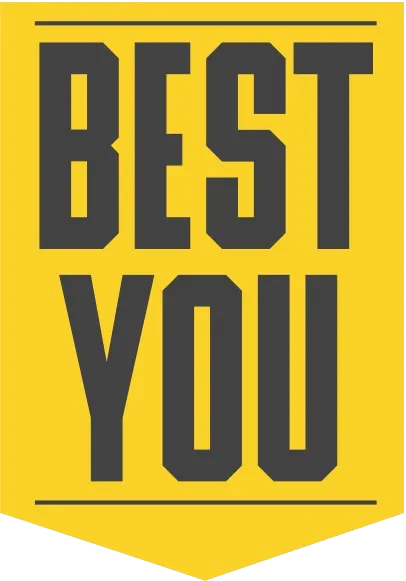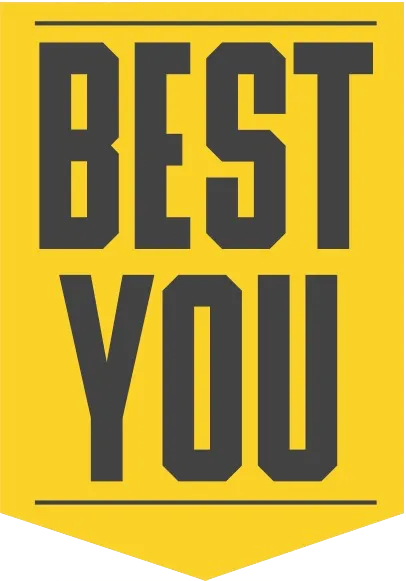
How to Set Goals You’ll Actually Stick to in 2025 (Part 2)
Have you ever set a goal that felt too big to achieve or too small to inspire you? If so, you’re not alone. The key to lasting motivation is setting goals that strike the perfect balance—goals that challenge you without overwhelming you.
In this second part of our five-part series on maximizing your motivation and achieving your goals, we’re diving into how to set specific, measurable goals that keep you motivated, focused, and on track all year long.
Let’s make sure you start 2025 with goals you’ll actually stick to!
Why Specific Goals Matter
In the 10-Week Transformation, we call this step “setting your success indicator.” After you’ve identified what you want to achieve and why (which we covered in Part 1), the next step is to define what success actually looks like.
A success indicator is a specific, measurable goal that tells you whether or not you’ve hit your target. Without a clear finish line, it’s easy to lose focus and motivation. Setting specific goals helps you:
Stay intentional with your day-to-day actions.
Maintain motivation by tracking your progress.
Create urgency to avoid procrastination.
How to Set Specific Goals
Here’s a simple way to make your goals more specific: Start with three components—your starting line, your finish line, and your deadline.
1. Starting Line
Be honest about where you are right now. It takes humility to look at yourself and admit that you’re not where you want to be. But identifying your starting point is crucial to setting realistic goals.
2. Finish Line
Where do you want to be? Define what success looks like in a clear and measurable way. For example:
“I want to lose 10 pounds.”
“I want to run a marathon in under 3 hours.”
“I want to bench press 200 pounds.”
3. Deadline
When do you want to achieve your goal? A deadline creates urgency and keeps you from putting things off. It can be a specific date (like a race day) or a general timeframe (like the end of a quarter).
Example Goals:
"I want to go from 150 to 140 pounds by April 14th."
"I want to run a mile in 9:30 minutes by the end of March."
"I want to bench press 110 pounds by April 14th."
Why Specific Goals Are So Powerful
Specific goals provide clarity and purpose, which are critical for staying consistent. When you know exactly what you’re working toward, your workouts, meal planning, and daily habits all have more meaning.
Without clear goals, your efforts can feel random and uninspired. But with a measurable goal, you’ll know exactly why you’re doing what you’re doing. This makes it easier to stay motivated, avoid procrastination, and keep pushing when things get tough.
Find the Right Balance: Meaningful but Believable
When setting your goal, it’s important to strike a balance between meaningful and believable.
A meaningful goal is one that excites you and feels worth the effort.
A believable goal is one you genuinely believe you can achieve if you put in the work.
Tip: Make sure your timeframe matches the size of your goal. For example, losing 25 pounds might be a realistic goal over 30 weeks—but it’s not achievable in 6 weeks without risking your health.
Real-World Example
One of my coaching clients (and podcast editor) has a goal to be the strongest and fittest he’s ever been by his 30th birthday.
I told him that’s a great goal, but we need to make it specific. How will he know if he’s achieved it? What does “strongest and fittest” mean to him?
Together, we broke it down into measurable benchmarks:
"I want to be able to do 25 push-ups."
"I want to bench press 200 pounds."
"I want to run a mile in 9 minutes."
These specific goals give him clarity, purpose, and motivation to stay on track.
Why Deadlines Aren’t Always Final
It’s important to note that some deadlines are more flexible than others.
For example, if your goal is to run a marathon on a specific date, that’s a hard deadline. But if your goal is to lose 10 pounds by a certain date, you can keep working toward it even if you don’t hit the target right away.
The point of a deadline is to create urgency—not to punish yourself if you fall short. Remember, progress doesn’t end just because a date has passed.
The Key to Sustainable Goals
To set goals you’ll actually stick to, make sure they are:
Specific: Define your starting line, finish line, and deadline.
Meaningful: Choose goals that excite you and feel worth the effort.
Believable: Set goals that challenge you but are achievable with consistent effort.
Final Thoughts
Getting specific with your goals is a game-changer. It gives you clarity, purpose, and motivation to keep going, even when things get tough.
Take some time to sit down and define your success indicators. Write out your starting line, finish line, and deadline for each goal.
And if you need help, I’m here for you! Book a free call with me at NickCarrier.com to talk through your goals, challenges, and a personalized plan to make 2025 your best year yet.
Stay Tuned for Part 3
Next week, we’re diving into the process—how to break down your goals into weekly habits that keep you on track. Don’t miss it!
If you found this helpful, make sure to follow the podcast on Apple Podcasts or Spotify. And if you’re watching on YouTube, hit that like and subscribe button below.
Here’s to getting closer to your best you!
Nick
LISTEN TO THE FULL EPISODE BELOW
Copyright 2025 Best You, LLC. All Rights Reserved
3604 Sperry Ave Nashville, TN 37215
